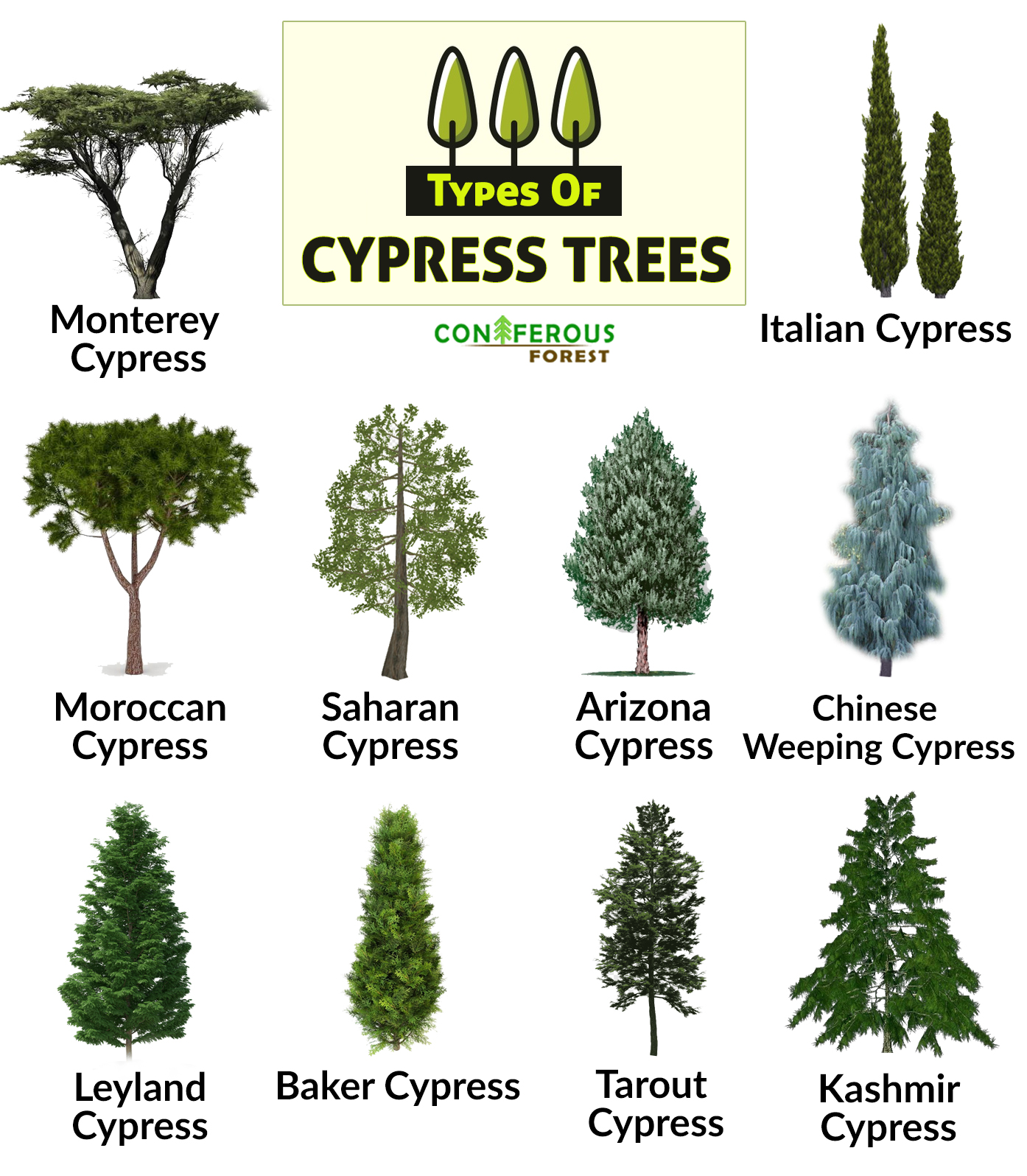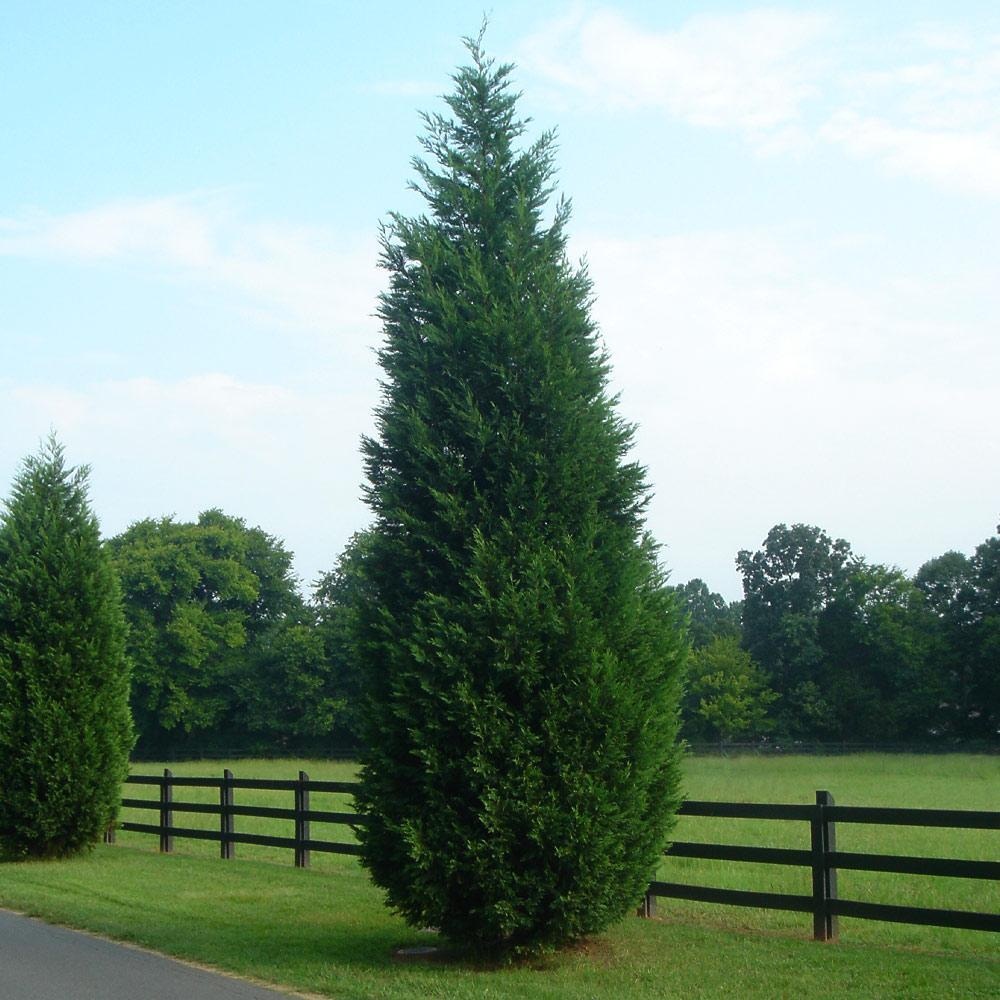Cypress
Cypress Trees: Resilient Evergreens with Unique Features and Ecological Value
In the dry, rocky soils of temperate regions, the Cypress Tree stands as a resilient sentinel. Its towering presence and weathered bark tell a story of survival, adaptability, and ecological importance. From the vast landscapes of North America to the foothills of the Himalayas, the Cypress thrives, offering shelter, stabilization, and beauty across diverse ecosystems.
The Resilient Cypress Tree
The Cypress Tree is a symbol of resilience. It thrives in temperate regions, from North America to Asia, and has adapted to some of the toughest conditions. With its aromatic wood and impressive height, the Cypress serves both as a staple in conservation projects and as a valued ornamental tree. Its rapid growth, durability, and ability to resist drought make it a key player in the ecosystems it inhabits. Whether used for its timber or simply admired for its form, the Cypress Tree is an evergreen that offers more than just beauty—it provides essential services to the environment.
Cypress trees are one of the several species of conifers that mainly constitute the genus Cupressus, as well as some of the other genera belonging to the family Cupressaceae. As with most conifers, the extensive cultivation of cypress trees has produced a variety of forms, with different sizes and colors. Most cypress species are used as ornamental trees and plants in parks, gardens, and around temples, while others are developed for their durable timber.
| Scientific Classification | |
| Kingdom | Plantae |
| Clade | Tracheophytes |
| Division | Pinophyta |
| Class | Pinopsida |
| Order | Pinales |
| Family | Cupressaceae |
| Subfamily | Cupressoideae |
| Genus | Cupressus |
Types of Cypress Trees: A Diverse Family
The Cypress Tree is a broad family, with over 25 species across two main clades: Old World and New World.
Old World Species
- Moroccan cypress (Cupressus atlantica)
- Bhutan cypress (Cupressus cashmeriana)
- Cheng’s cypress (Cupressus chengiana)
- Yunnan cypress or South Tibet cypress (Cupressus ducloxiana or Cupressus austrotibetica)
- Saharan cypress (Cupressus dupreziana)
- Weeping cypress (Cupressus funebris)
- Tibetan cypress (Cupressus gigantea)
- Mediterranean cypress (Cupressus sempervirens)
- Tonkin cypress or Himalayan cypress (Cupressus torulosa)
- Vietnamese cypress (Cupressus vietnamensis)
These Old World species typically feature cones with multiple scales and thick, ridged edges, offering unique forms and textures to their landscapes.
New World Species
- Santa Cruz cypress (Cupressus abramsiana)
- Arizona cypress (Cupressus arizonica)
- Modoc cypress (Cupressus bakeri)
- Tecate cypress (Cupressus forbesii)
- Smooth Arizona cypress (Cupressus glabra)
- Californian cypress or Gowen cypress (Cupressus goveniana)
- Guadalupe cypress (Cupressus guadalupensis)
- Mexican cypress (Cupressus lusitanica)
- Macnab cypress (Cupressus macnabiana)
- Monterey cypress (Cupressus macrocarpa)
- San Pedro Martir cypress (Cupressus montana)
- Piute cypress (Cupressus nevadensis)
- Nootka cypress (Cupressus nootkatensis)
- Mendocino cypress (Cupressus pigmaea)
- El Rincon cypress (Cupressus revealiana)
- Sargent cypress (Cupressus sargentii)
- Cuyamaca cypress (Cupressus stephensonii)
New World species feature cones with fewer scales but a distinctive, sharp spike, making them recognizable by their unique structures.
The name ‘cypress’ also represents bald cypress and fustic cypress, as well as several aromatic evergreen trees like cypress pine and false cypress. In eastern Canada, jack pines are also called cypress.
Some of the cypress species that belong to genus other than Cupressus include Montezuma cypress, bald cypress, northern white cedar, Japanese cedar, giant sequoia, dawn redwood, and California redwood.
Physical Features: A Majestic Evergreen
Cypress Trees vary greatly in size, with some reaching heights of 130 feet (40 meters).
- Height: 16-132 feet
- Bark: Red-brown, often peeling into strips
- Leaves: Scale-like, about 2-6 mm long, growing in opposite pairs
- Cones: Small, spherical or ovoid, ranging from 8-40 mm
- Seeds: Narrow-winged, about 4-7 mm long
These evergreen giants thrive in well-drained, moist soils and have adapted to a variety of growing conditions. Their drought tolerance makes them highly resilient in times of water scarcity.
Quick Information | |
| Tree Type | Evergreen coniferous |
| Identification | Height: 16-132 ft Leaves: Scale-like, opposite pairs intersect each other, about 2-6 mm long Trunk Diameter: About 3-6 ft Bark: Sometimes smooth, but usually separates into thin strips Cones: Spherical or ovoid, about 8-40 mm long, with 4-14 scales laid out in decussate pairs Seeds: Small, about 4-7 mm long, has two narrow wings Branches: Level, variably loosely hanging Crown: Conical |
| Distribution | Western North America, northwest Africa, Central America, the Himalayas, the Middle East, northern Vietnam, southern China |
| Habitat | Dry, rocky, temperate regions |
| USDA Hardiness Zone | 7-11 |
| Growth Rate | Average to fast, 1-3 feet per year |
| Lifespan | Ranges between 100 and 300 years, some may live for 1000-2000 years |
| Growing Conditions | Sunlight: Direct to partial sunlight Soil: Well-drained, moist, sandy, loamy, clay Water: Average |
| Drought Tolerance | Excellent |
| Diseases & Pests | Cypress canker caused by fungus Seiridium cardinal; pests like cypress bark moths, spruce spider mites, and cypress tip miner cause damage |
| Reproductive System | Monoecious, some can be dioecious |
| Propagation | Either from stem cuttings or seeds |
| Wildlife Value | Different bird species take shelter in the dense foliage, deer and rodents eat cypress seedlings |
| Uses | As decorative plants and trees in gardens; as anti-dandruff, anti-aging, anti-seborrheic, and astringent agent, and fragrance; Bhutan, Monterey, and Mediterranean cypresses are useful for their timber |
| IUCN Conservation Status | Species such as Himalayan cypress is listed as Least Concern while others like Cheng’s cypress is Vulnerable |
Ecological Importance: The Role of Cypress Trees
The Cypress Tree plays a critical role in maintaining healthy ecosystems.
- Soil Stabilization: With their deep root systems, Cypress Trees help prevent soil erosion, especially in wetland areas.
- Wildlife Habitat: Their dense foliage provides shelter for birds, small mammals, and insects.
- Water Filtration: Found near water sources, Cypress Trees help filter and purify water, ensuring the health of surrounding ecosystems.
These trees are also crucial in floodplains, where their ability to survive in waterlogged conditions supports biodiversity and creates habitats for various species.
Cypress Tree Lifespan: A Testament to Resilience
The Cypress Tree has a long lifespan, often living between 100 and 300 years. Some exceptional specimens live for over 1,000 years. Their ability to withstand extreme weather and environmental changes is a testament to their resilience.
- Lifespan: 100 to 300 years, some up to 2,000 years
- Growth Rate: Fast, typically 1-3 feet per year
- Drought Tolerance: Excellent, allowing them to thrive in areas with limited water sources
Conservation and Challenges: Protecting the Cypress
Despite its hardiness, the Cypress Tree faces challenges from pests like the cypress bark moth and diseases such as cypress canker. As some species are listed as endangered, conservation efforts focus on protecting their native habitats and preventing the spread of diseases. Through sustainable forestry practices and habitat restoration, we can ensure the Cypress Tree continues to thrive for generations.
Interesting Facts
- A fast-growing hybrid produced from Monterey cypress and Nootka cypress, called Leyland cypress (referred to as leylandii), is extensively used for decorating gardens.
- Many cypress species have evolved to survive in forest fires. They hold their seeds in closed cones for several years until the parents die, after which the seeds are released so that they can develop in the bare, burnt ground.
Summary: The Enduring Value of the Cypress Tree
The Cypress Tree is a remarkable species, offering ecological, aesthetic, and economic value across its vast range. Its resilience in challenging environments, rapid growth, and ability to support wildlife make it a key player in environmental conservation. While some species face threats from habitat destruction and disease, ongoing efforts to protect and preserve Cypress Trees ensure that these timeless trees continue to stand tall for centuries to come.
References




